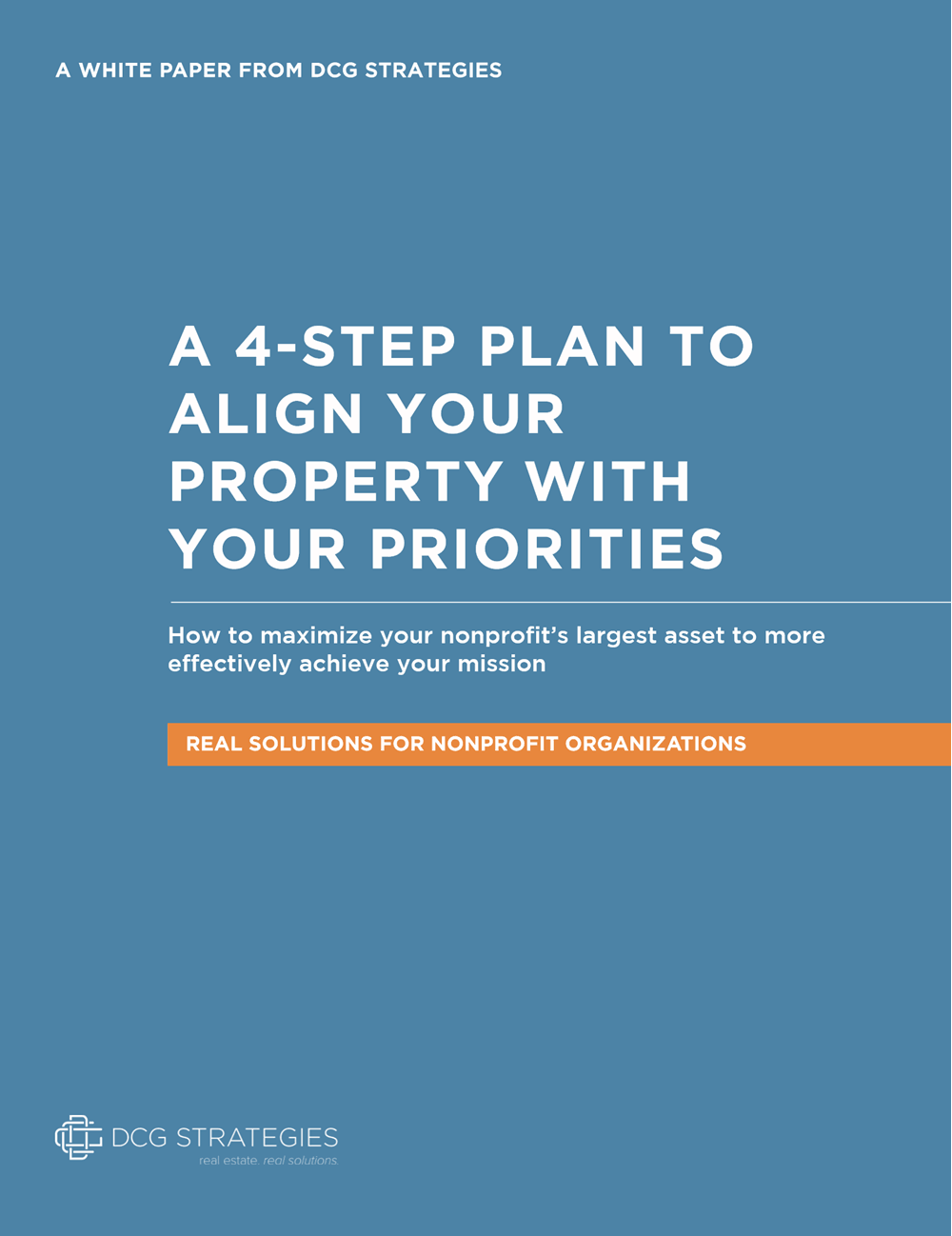In parenting circles, there’s one question that becomes more and more pressing with the unveiling of each new iPhone: how do we get our kids to spend more time outside? Parents debate the overuse of smartphones and the importance of limiting screen time, and while there are rarely simple solutions, I will say this: there were more playgrounds to play on when I was a kid. Sometimes I wonder, if there was more space to play outside, would we be able to get our kids to put down their phones and head out the door, dare I say, voluntarily?
Resources are scarce these days, so understanding how to make the most of what each community has is essential to the survival of our children’s playtime. But how do we make more space for youth activities when there is little or no space to be had? This is a question parents should be asking their school district.
Because schools are so deeply integrated into the daily lives of families and youth, it makes sense for school facilities to be open to the community at large. Taking a deeper look at district facilities means understanding how to utilize current property resources. Joint use agreements (JUA) [also known as shared use agreements (SUA)] offer school districts flexibility in sharing their resources, as well as managing the associated costs. This means these agreements can have a tremendously positive effect in two ways: they provide more available space for the community and they raise money for the schools.
The Benefits of a Joint Use Agreement
A joint use agreement allows a third party to use school property resources during special hours. For example, cities that lack field space, sports courts, or playgrounds may not have the money to build new ones, or may lack the property altogether. This means sports teams and other outdoor activities for kids can be limited. However, these types of recreational facilities are important when it comes to getting children outside.
Schools typically possess the necessary facilities, but they’re often locked and unused during after-school hours and on weekends. That’s a lot of wasted space that could be utilized by the community. By engaging in a JUA, the city or a private entity can maximize these resources during a period of time both parties agree on. Suddenly that youth soccer league doesn’t seem like a distant dream anymore.
Joint Use Agreements in Action
For example, the city of San Marcos and the San Marcos Unified School District formalized a JUA and established an array of facilities the entire community now uses. The JUA covered all of the shared sites, including baseball fields at the local elementary schools; and a pool, baseball, softball, and soccer field at several city parks. The increased space is allowing them to expand youth sports leagues in the community. San Marcos Community Services Director Craig Sargent-Beach praised the results of the JUA, saying, “It keeps those kids healthy and exercising and involved in good after-school activities or doing a good, beneficial activity.”
These formal arrangements can have an especially huge impact in crowded cities. New York City used a JUA to launch the “Schoolyards to Playgrounds Initiative” and opened more than 200 school playgrounds citywide in neighborhoods that most needed recreational space. This served the community’s vision, as stated by Mayor Bloomberg, of “making sure all New Yorkers live within a 10-minute walk of a park or playground.” Many of the facilities will also receive renovations, such as new asphalt, play equipment, and landscaping.
The city of St. Petersburg, FL, also found that elementary schools were located in areas where playgrounds were missing. With the help of a JUA, the district established “Play ‘N Close to Home,” which allowed the schools to take over the maintenance of many parks in exchange for public use of the land after school. Again, the purpose of this agreement was to make parks and recreational facilities more available to the community, which St. Petersburg did with the addition of 58 new facilities. This initiative should ensure that a playground will eventually be available within one mile of all residents.
Joint use agreements also allow the school district to raise money or pay for improvements and new facilities, which is especially important in the midst of increasing budget cuts. Typically, each party engaged in one of these agreements helps to fund the development, operation, and maintenance of the facilities that will be jointly used. This is good news for school districts, which won’t be fully liable for the costs and responsibilities associated with maintaining recreational facilities.
In fact, in the State of California, schools can also receive further state-level funding that assists in covering the costs associated with constructing joint use gymnasiums, multi-purpose rooms, child care facilities, and libraries. This funding is considered a supplement to encourage community-based agreements. Funding is allocated for two types of projects: Type I, which covers new construction projects, and Type II, which covers changes made to existing school property. The amount of funding available is dependent on the grade level of the school, and spans from $1 million for schools serving kindergarten through sixth grade, up to $2 million for schools serving ninth grade through twelfth grade.
A JUA can be flexible, depending on your community’s needs. Utilizing these agreements to maximize limited property resources, as well as balance the burden of cost, are good reasons to consider them when assessing school engagement and annual budgets. Most importantly, by introducing these recreational facilities back into the community, kids stand a better chance of getting outside to play with their peers.
Collaborating with a commercial real estate company that specializes in nonprofits and education-based institutions is the best place to start when considering a joint use agreement. To learn more, contact DCG Real Estate today.





